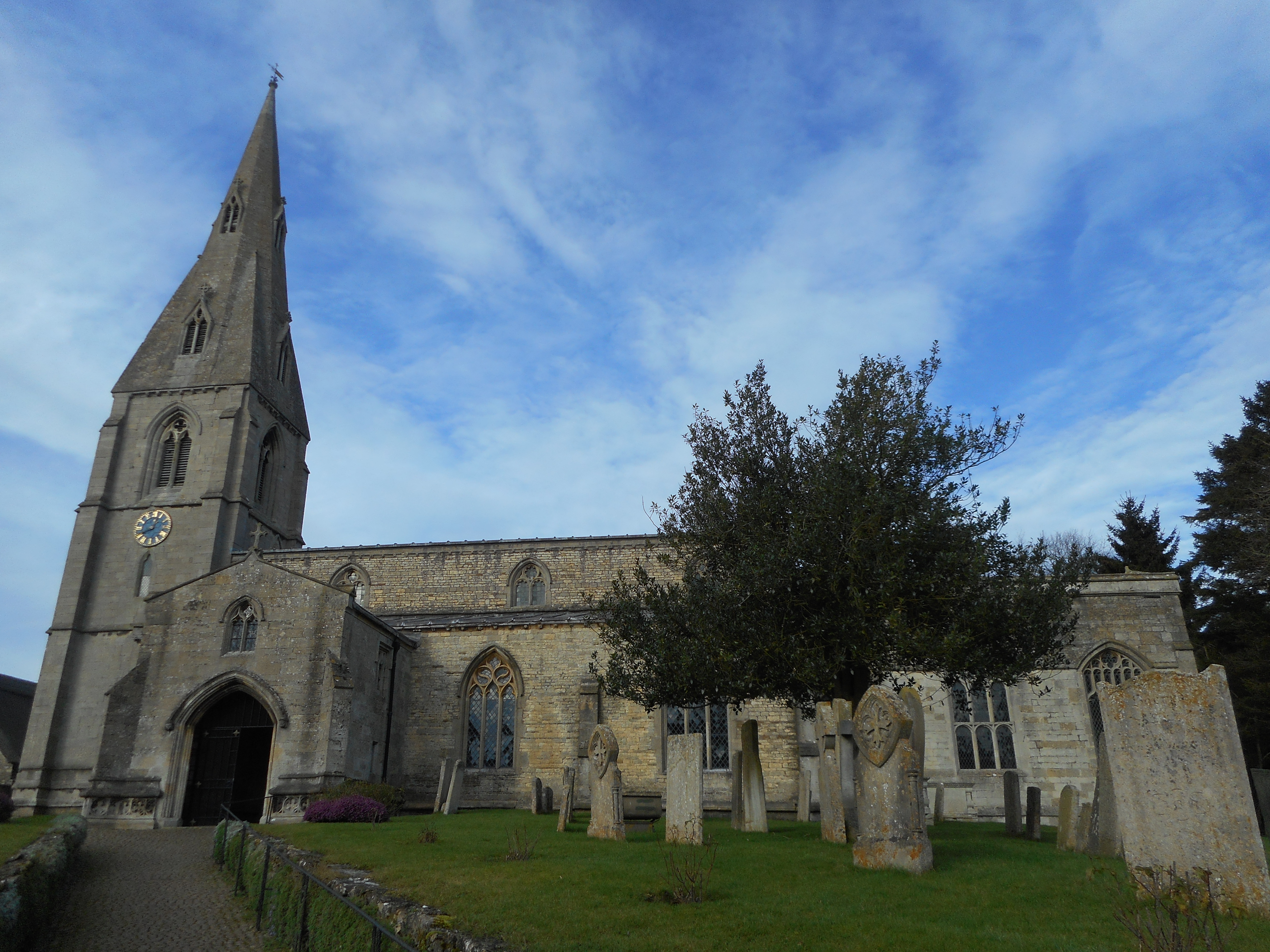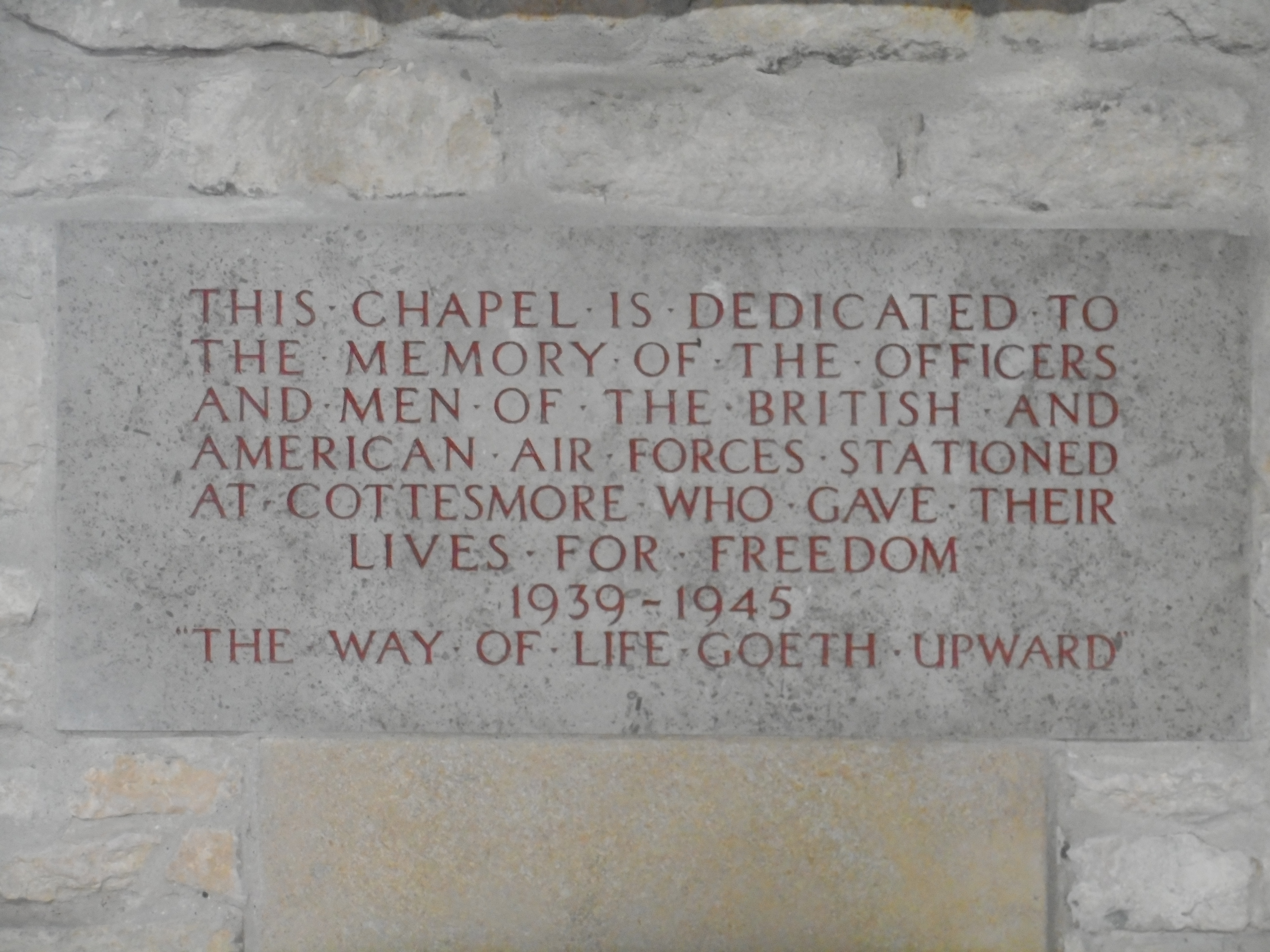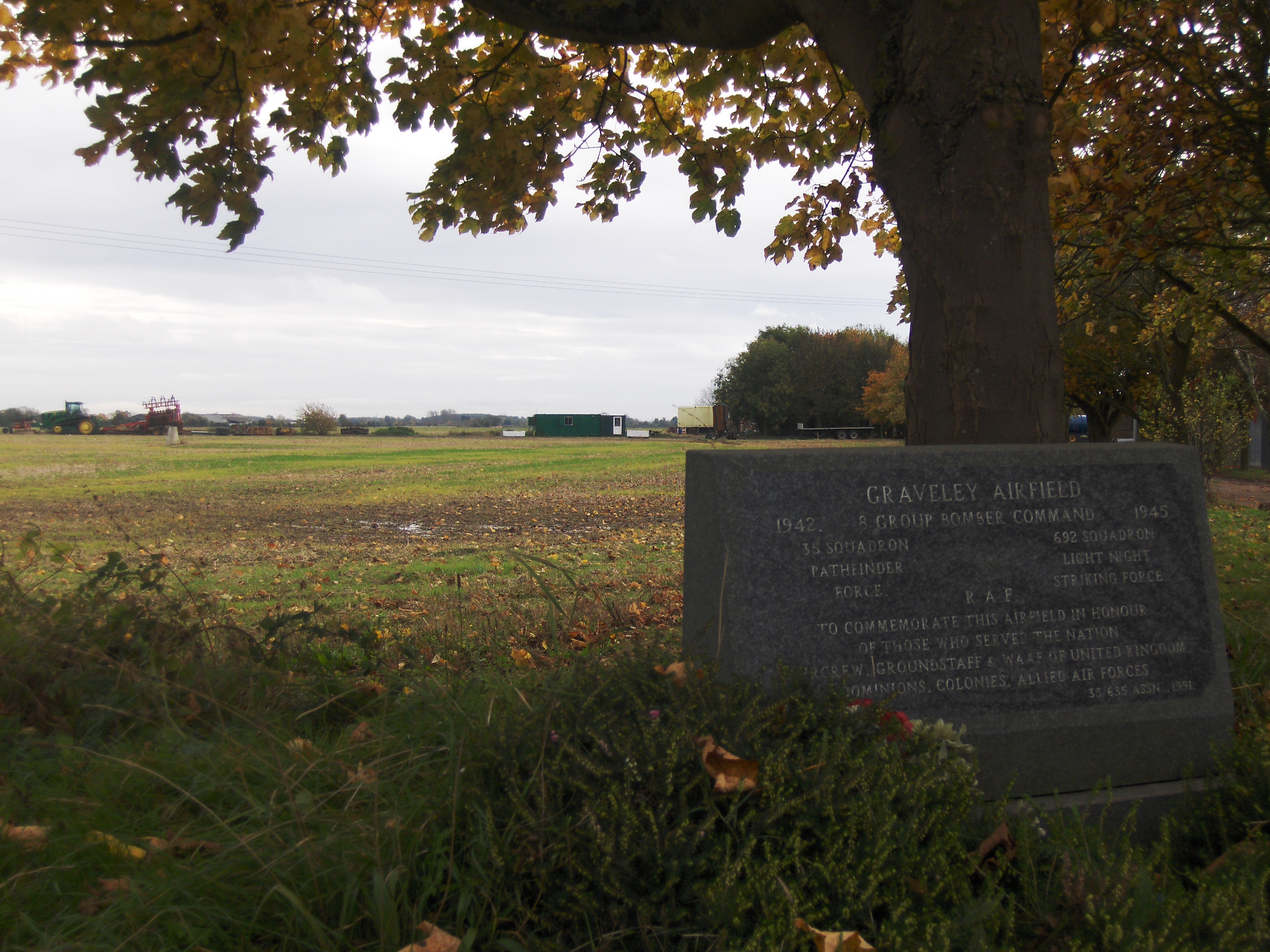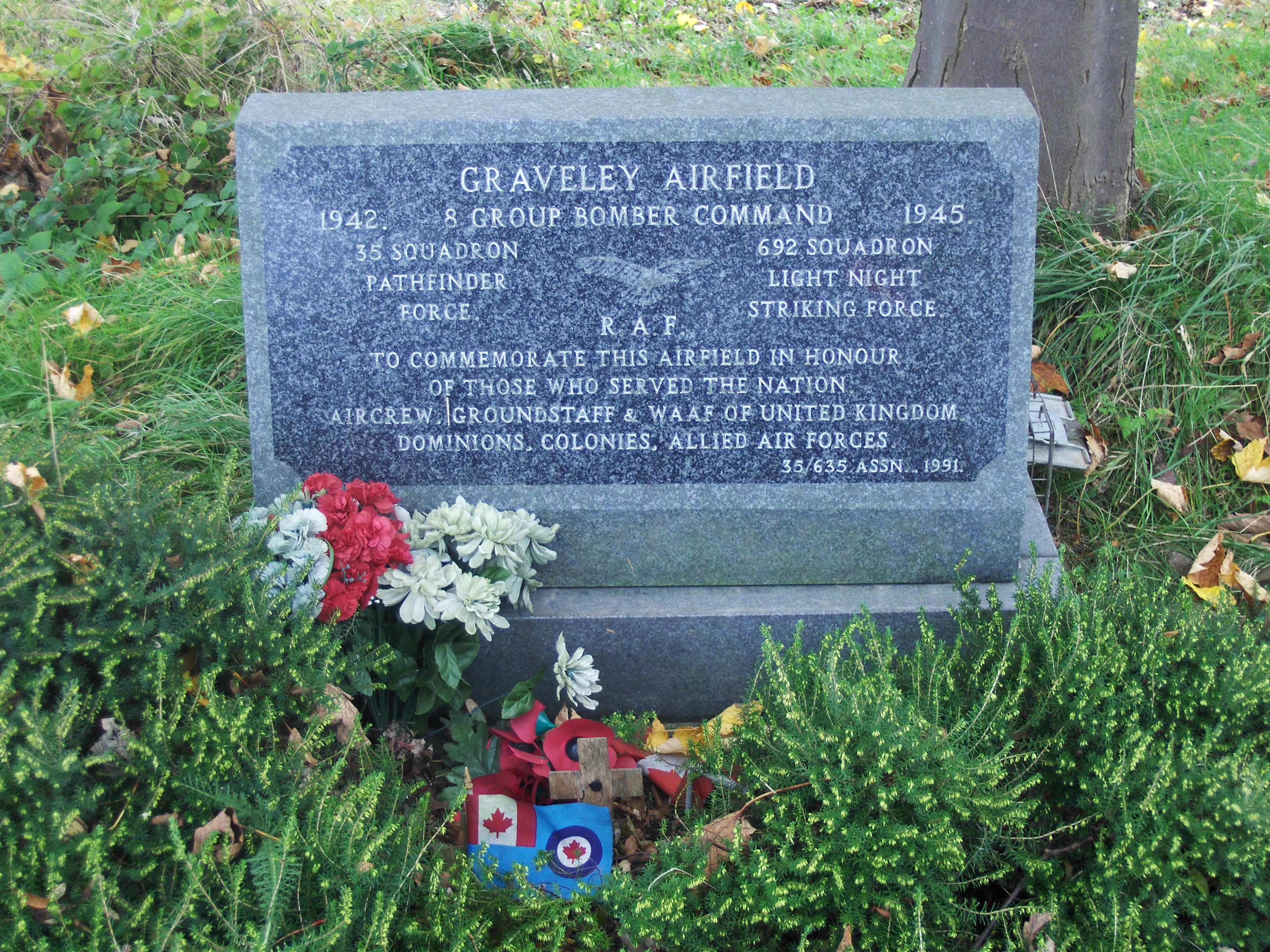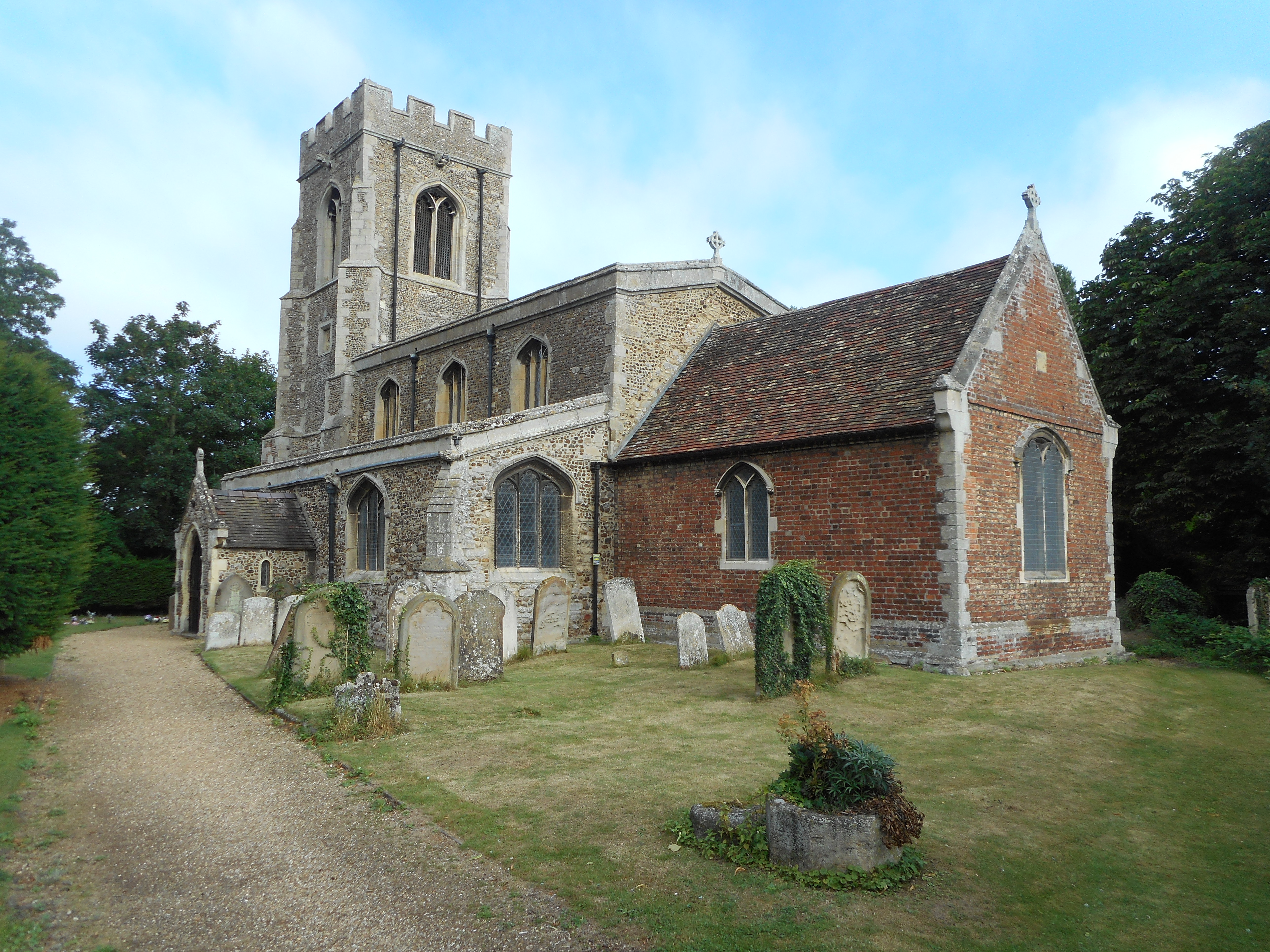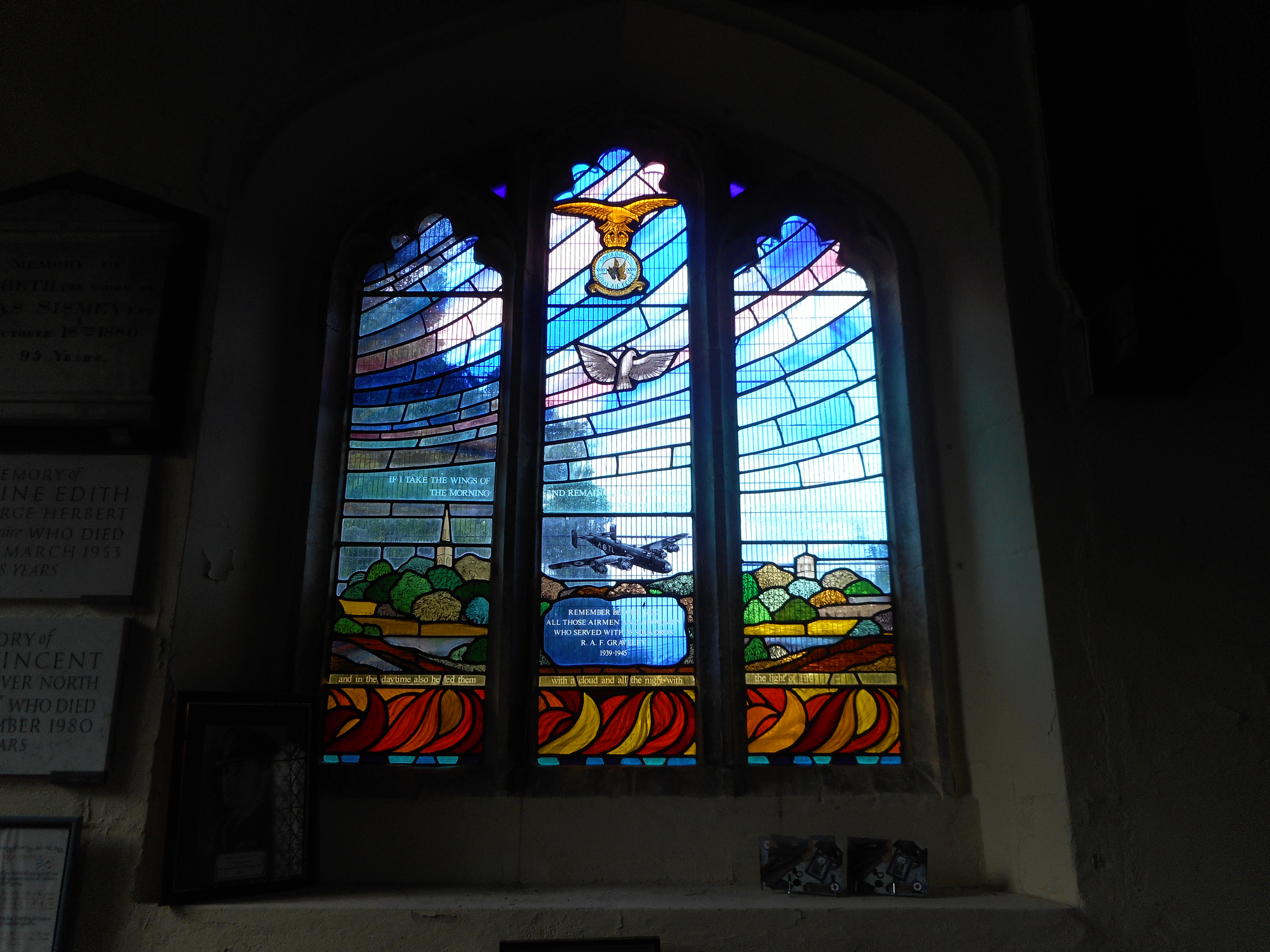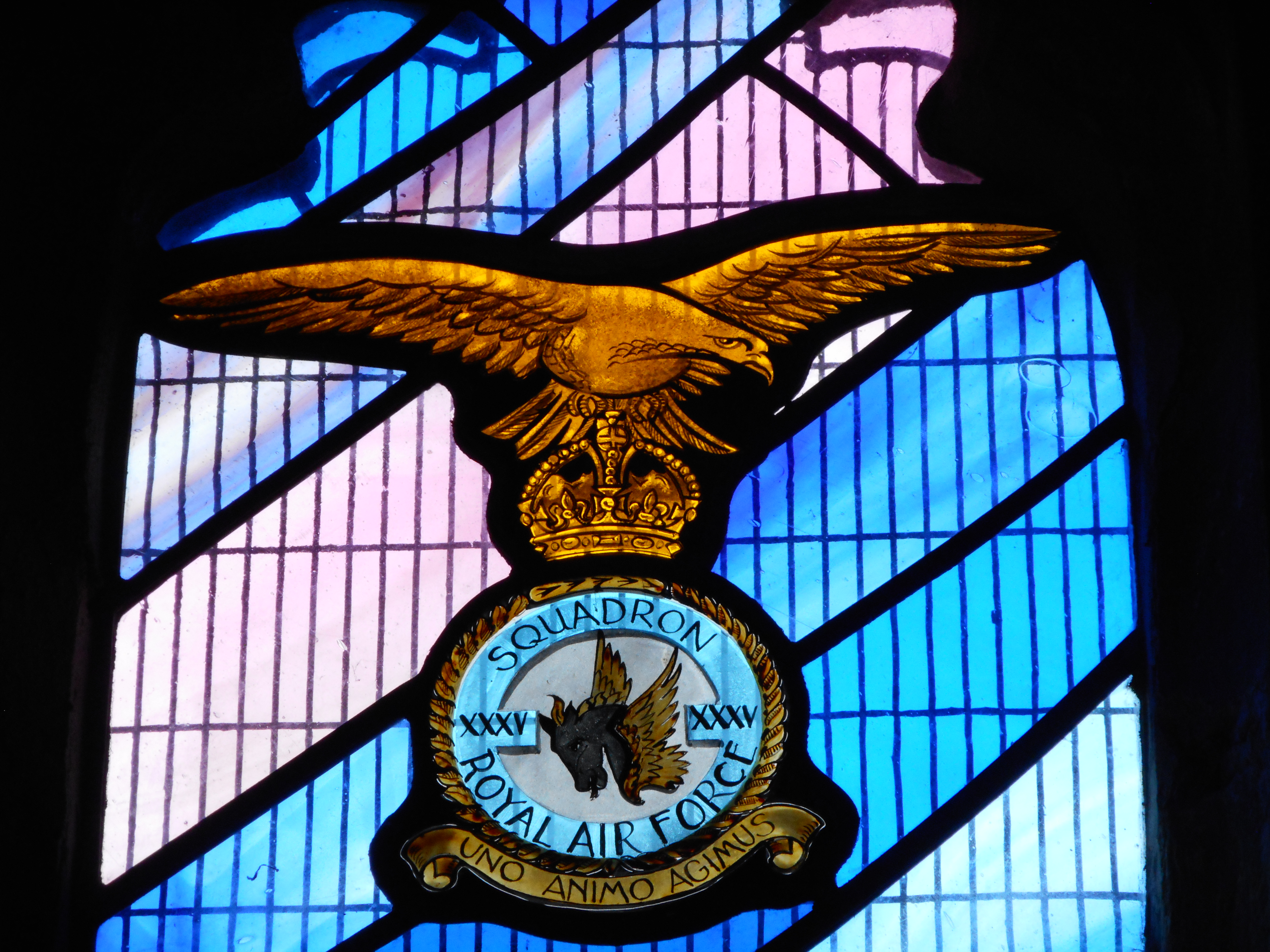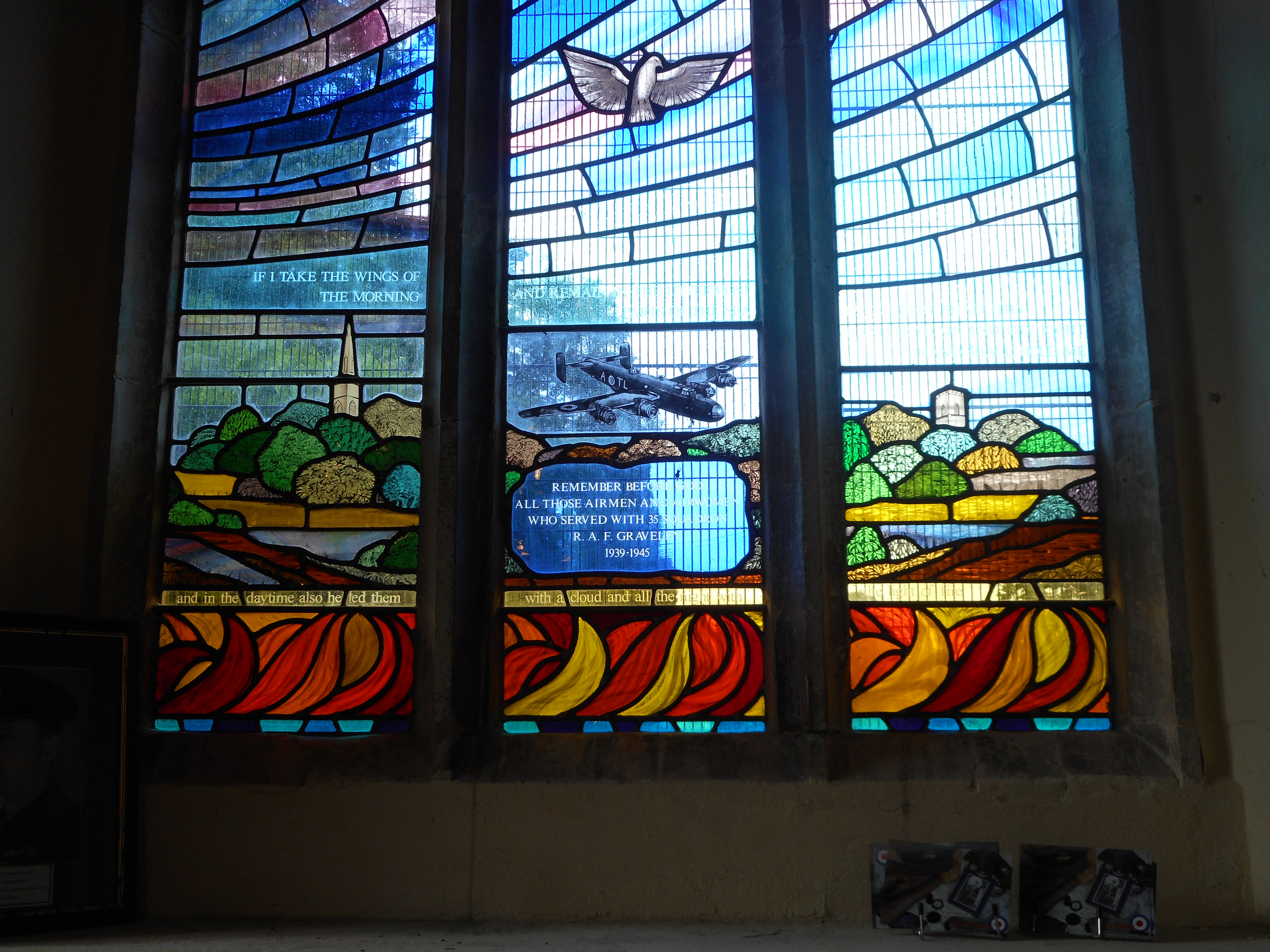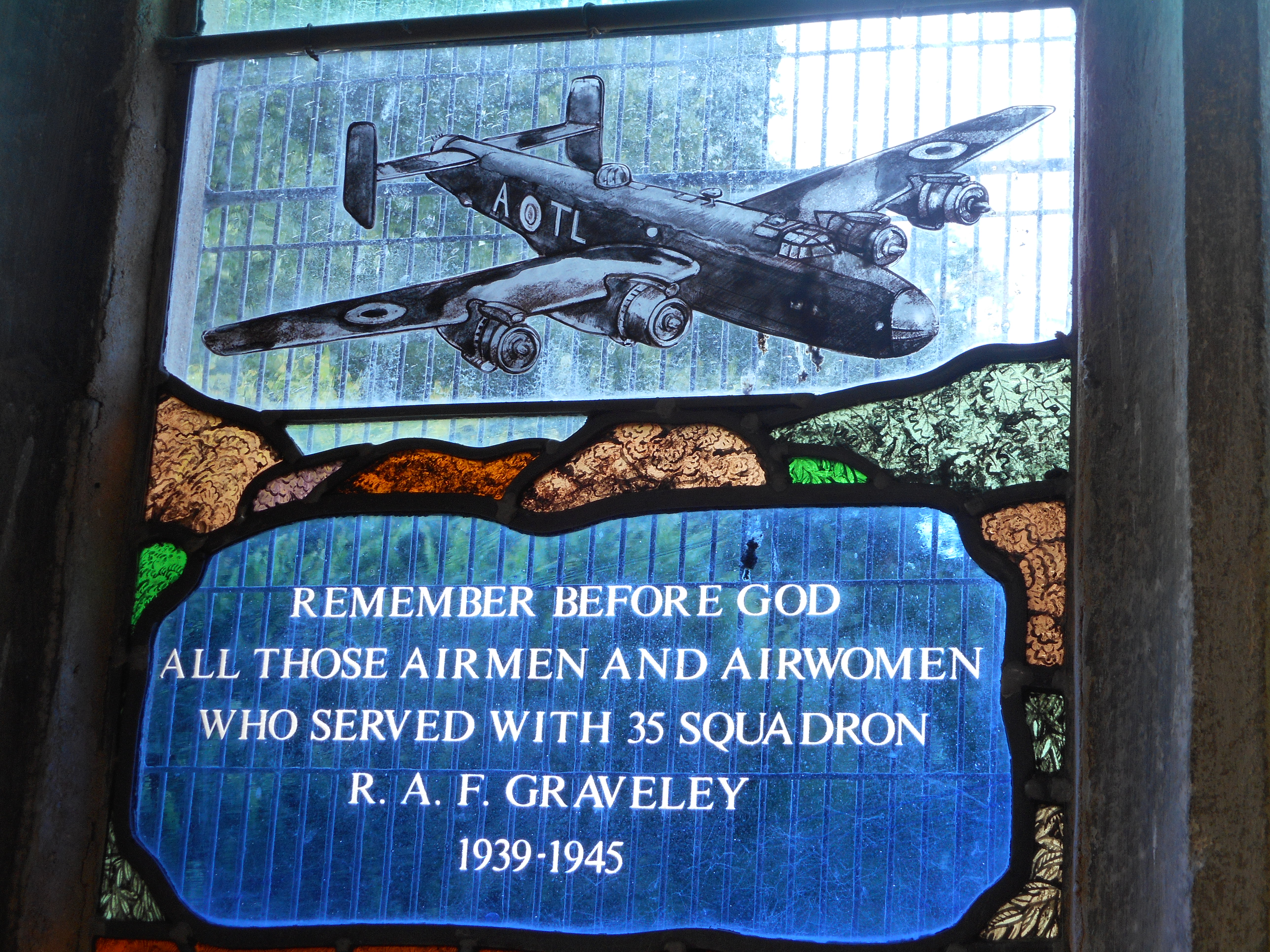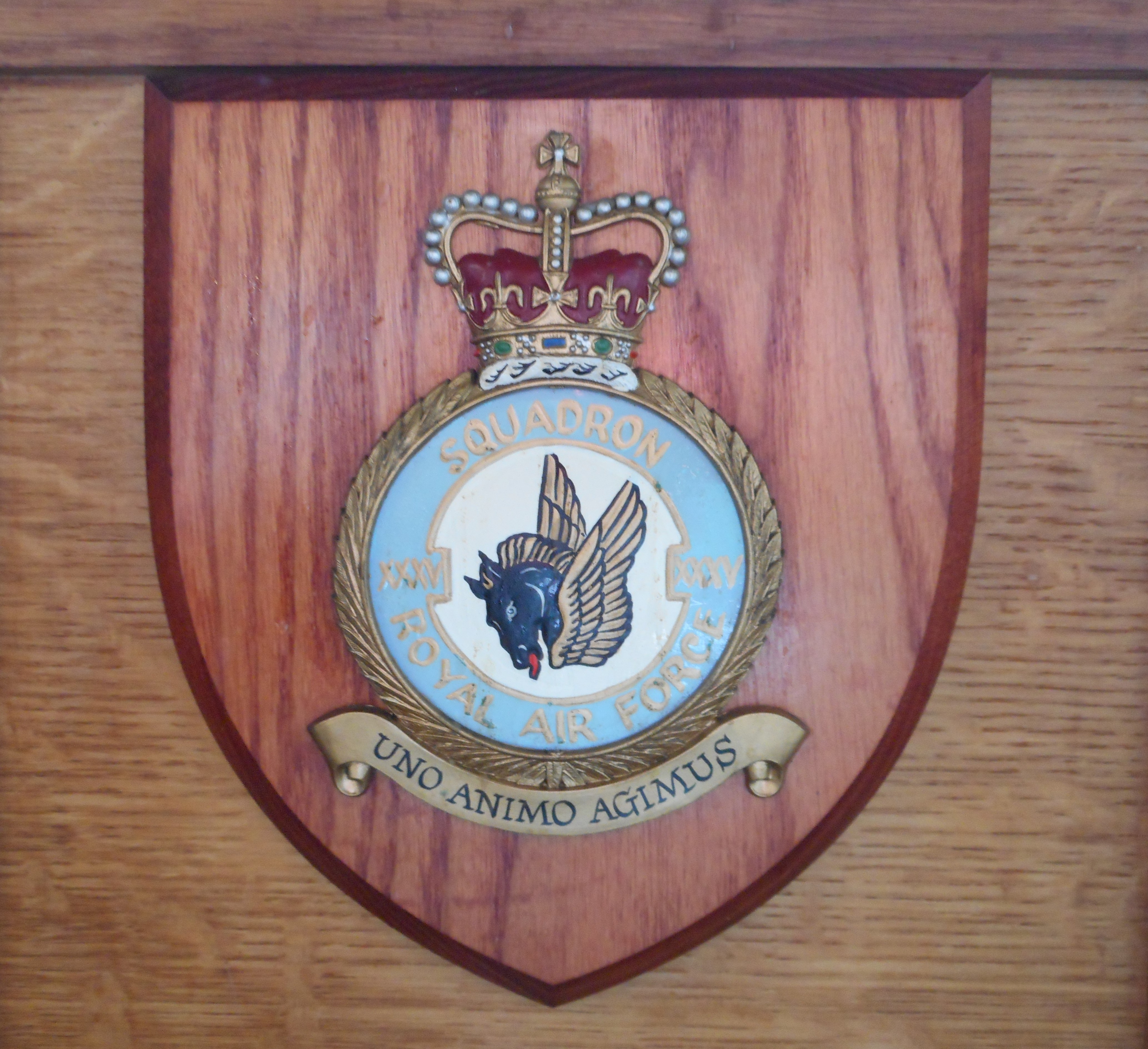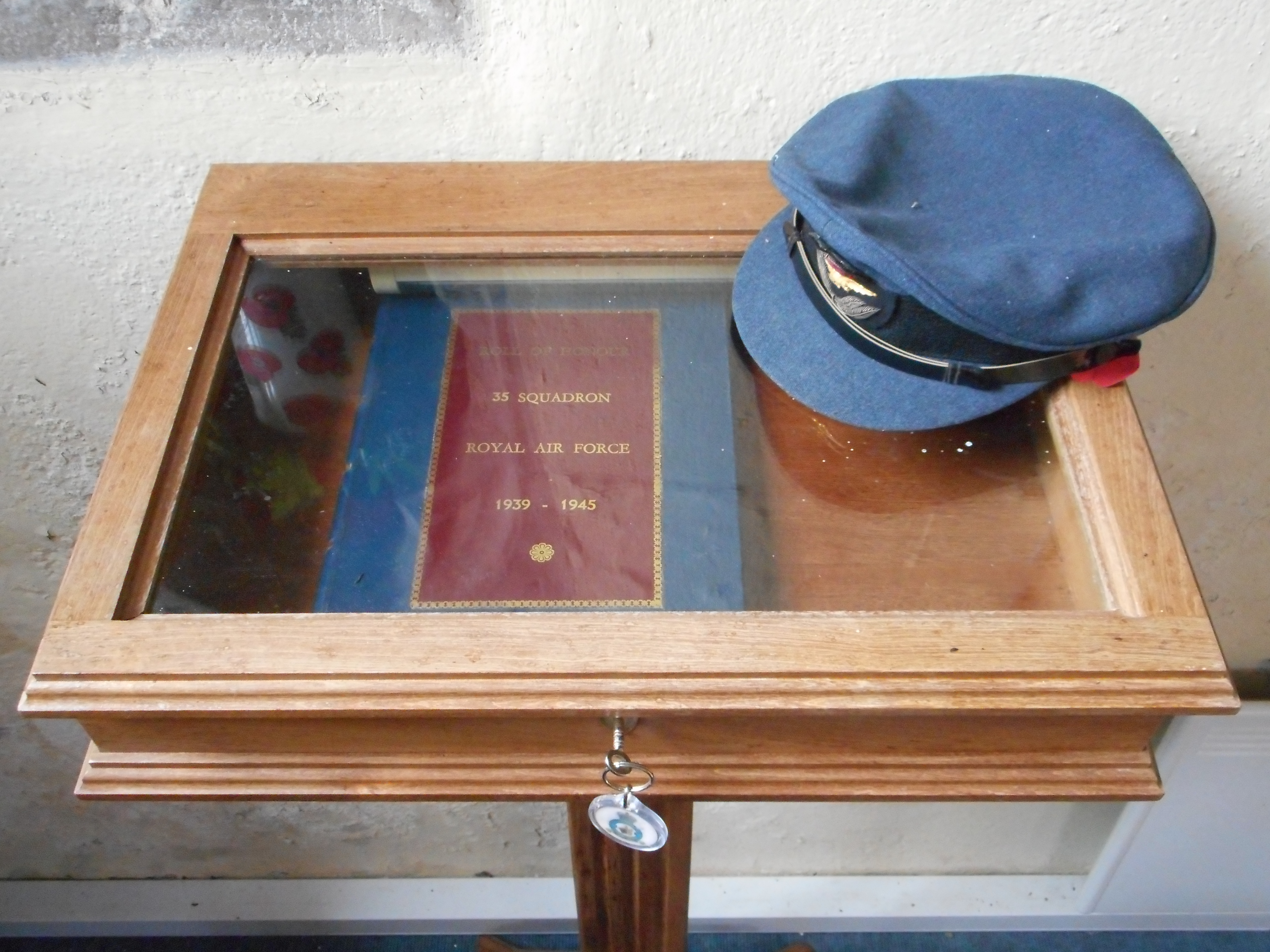| The Grantham Journal (23 May 1939):
A verdict of “Accidental death” was returned at an Inquest at Cottesmore aerodrome on Saturday, when the Rutland Coroner, Captain S. J. Fowler, of Oakham, sat with a jury to inquire into the tragic deaths of three men attached to Cottesmore RAF station who were killed when their bomber plane crashed during night exercises.
The plane left the aerodrome ground at 11.59 p.m. and a minute later its tail light was seen to disappear. Then followed several violent explosions and flashes which lit up the sky.
The men who lost their lives were Pilot-Officer Gerald Louis Cooper, aged 21, whose home is in South America, Sergeant John Frederick Tompkins. aged 25 and Aircraftman John Sweeney, aged 20.
Flying Officer Ian Alan Mead, Commander of A Flight, 35 Bomber Squadron, Cottesmore, said that on Thursday he was on duty on the flare path on the landing ground at the drome from 9 p.m. until night flying exercises ceased. At 11.58 p.m. he spoke to Pilot Officer Cooper who was in good health and appeared quite confident and happy. A minute later a witness saw the plane take off, the Pilot being accompanied by Sergeant Tompkins and Aircraftman Sweeney.
“When the aircraft was about 200ft. up” said witness “the tail light was well visible. A few seconds later I heard two distinct reports in quick succession similar to when this type of engine cuts out. Almost immediately the tail light disappeared, and later there was an orange-coloured flash which lit up the sky and an explosion about 30 seconds later, followed by another flash and a loud report. I proceeded to the scene with Squadron Leader Chester and when we arrived all the members of the crew had been dragged clear of the wreckage which was burning fiercely. Mr Cyril Kettle was the first on the scene. He succeeded in removing the pilot, who was dead, and the other two, who had been thrown clear.”
Cyril Kettle, ironstone labourer, Barrow, said that at about midnight on Thursday he was in bed in his house when he heard a plane pass over. He thought it appeared to be missing fire as he heard it bang several times. “About a minute later I heard a crash” added witness. ” I jumped out of bed, looked out of the window and heard a loud bang and saw flames shooting up into the air. I dressed quickly and ran toward the plane which was now well on fire. When I was within 100 yards of the plane there was a second explosion and when I arrived I found that part of the plane was in a field on one side of a hedge and the remainder on the other side. Two of the occupants were lying clear of the blazing wreckage. One was dead and I eventually managed to pull the pilot clear. I undid the clothing of the man that was just alive and made him as comfortable as possible and waited until the arrival of the rescue party”.
Dr Gordon Purdy, of Oakham, who explained that he was acting as temporary medical officer at the aerodrome, said he visited the scene of the crash about 12.20am on Friday. Sgt Tompkins was alive, but the other two were dead. Pilot Officer Cooper had a fracture of the base of the skull and other injuries. Aircraftman Sweeney had a fractured spine and cut mouth, whilst Sgt. Tompkins, who was suffering from internal haemorrhage and shock, was removed to the aerodrome sick quarters and died shortly after admission.
Replying to the Coroner, Dr Purdy said that death must have been instantaneous in the case of Pilot Officer Cooper and Aircraftman Sweeney and Sgt Tompkins had multiple injuries to which he succumbed.
Flight Sergeant Bernard Victor Humphrey, of A Flight, said he did not see the accident, and it was impossible to tell exactly the cause because the machine was so smashed up and burnt. The airplane’s log book or maintenance sheet however showed that the machine had been daily inspected and that it was in a fit and airworthy condition. |
